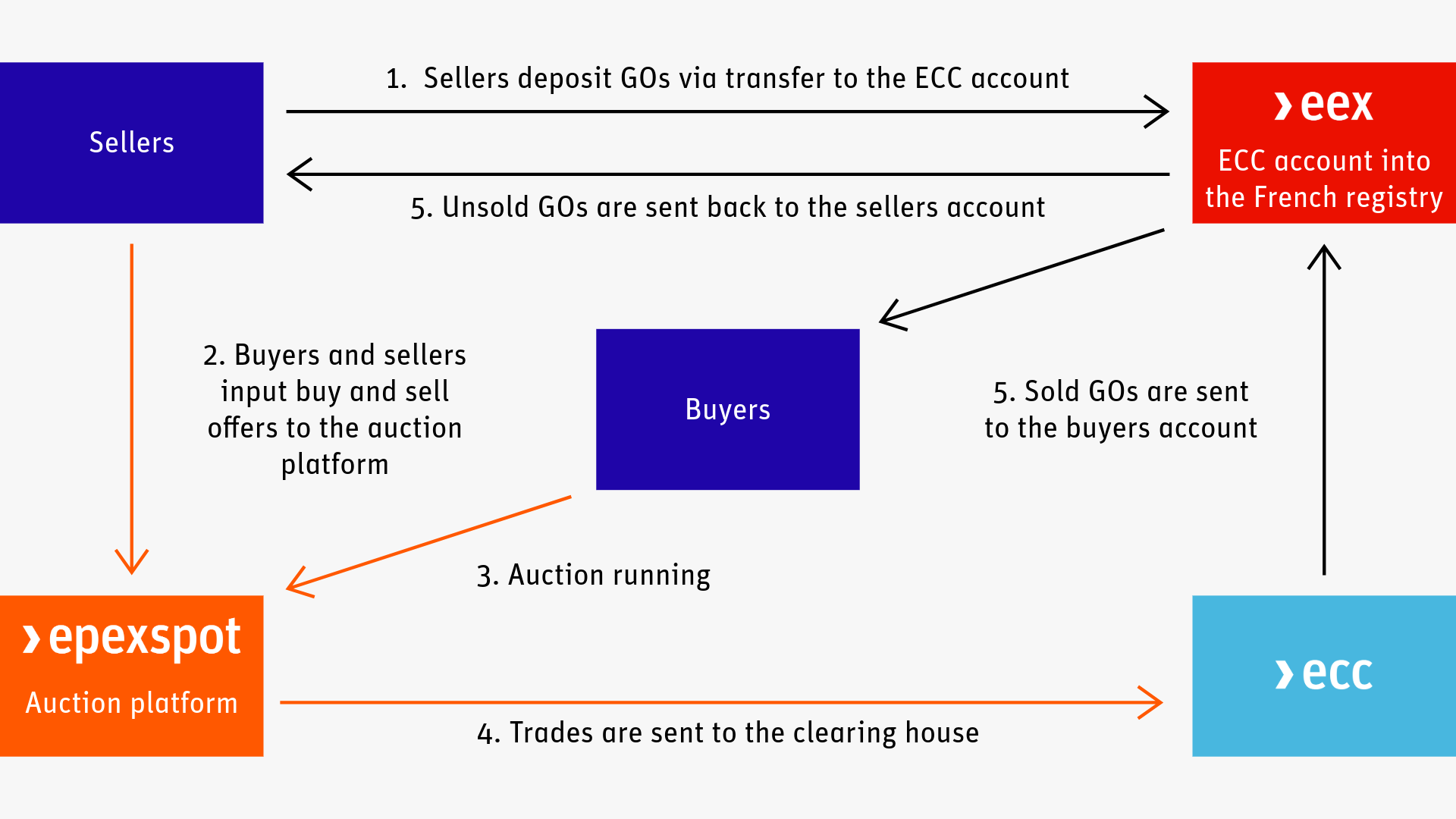The GOs tracking system brings major benefits, the most important one being that GOs allow consumers to be certain that the energy they use stems from renewable energy sources.
However, this system also has some limitations.
- Indeed, until now, most GOs have been traded on the OTC market, leading to a lack of transparency due to no obligation to make such GOs prices public.
- As a consequence, market participants are not able to know the true value of their green assets.
- Today’s demand for renewables is also multi-faceted, with some wanting very specific countries, regions or production technologies for the renewable source, while others are happy with more generic criteria of origins.
- This diversity of needs may sometimes be difficult to satisfy.
An example to illustrate the challenges
The demand for cheap GOs mainly matches the numerous offers from old renewable plants, and this doesn’t allow for fully supporting new investments needed to reach the 2018 EU target of 32% renewable energy consumption by 2030. In July 2021, this number was raised to 40% of renewables across the economy. Less than a year later, in March 2023, the aim of 45% was agreed on.


